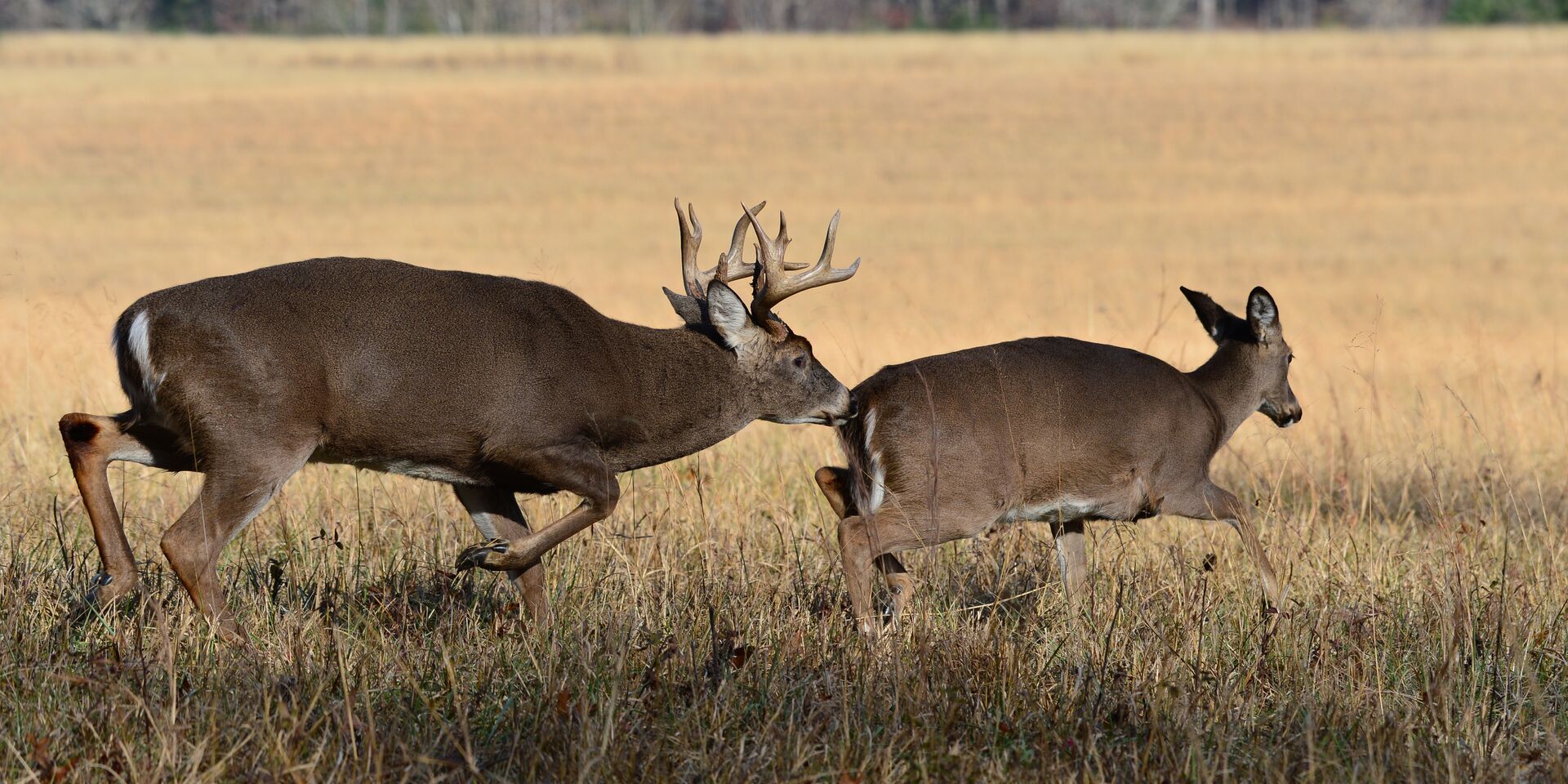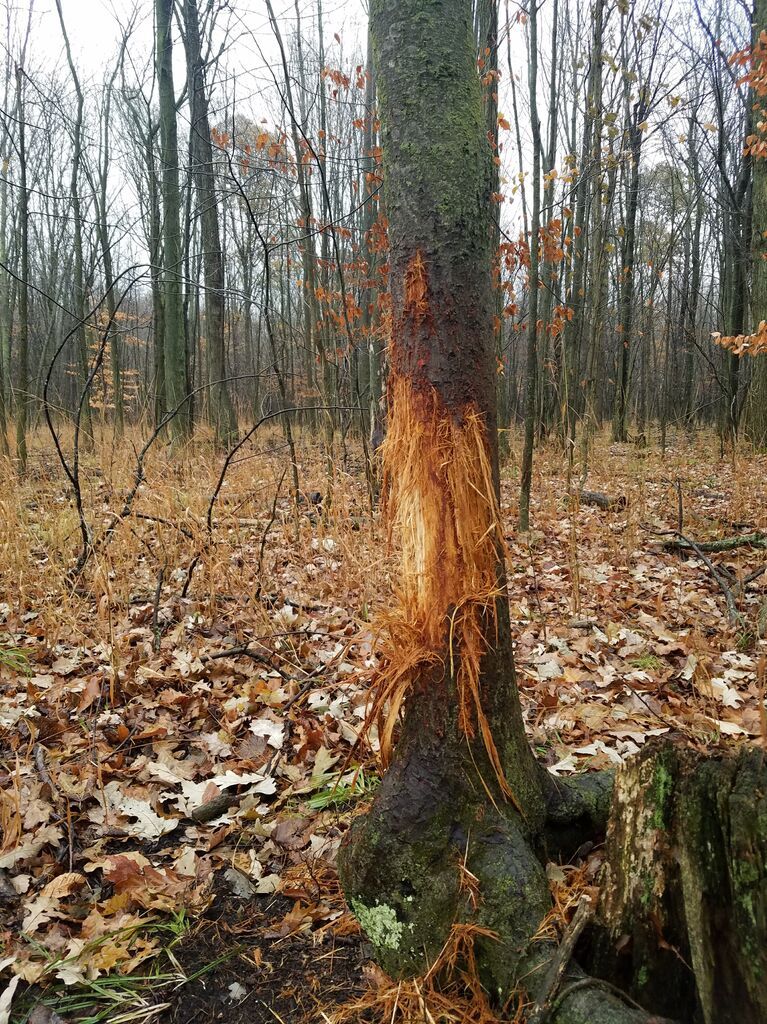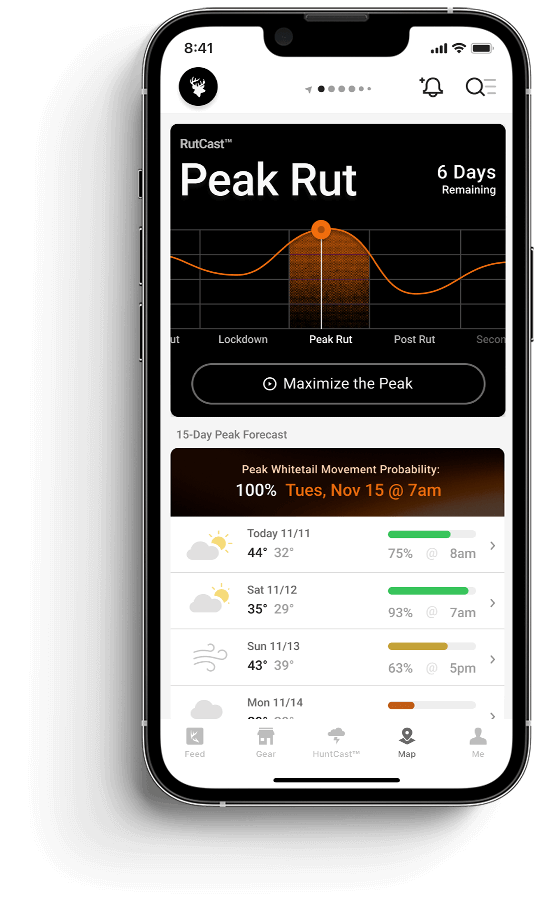Field Guide / Hunting Tips
How to Hunt the Whitetail Rut (Successfully)
When it comes to the annual whitetail rut, you no longer have to leave it to chance, your best guess, or any of the outdated and inaccurate myths and urban legends that have been passed down from hunter to hunter over time.
Previous in Hunting Tips
More Content Like This
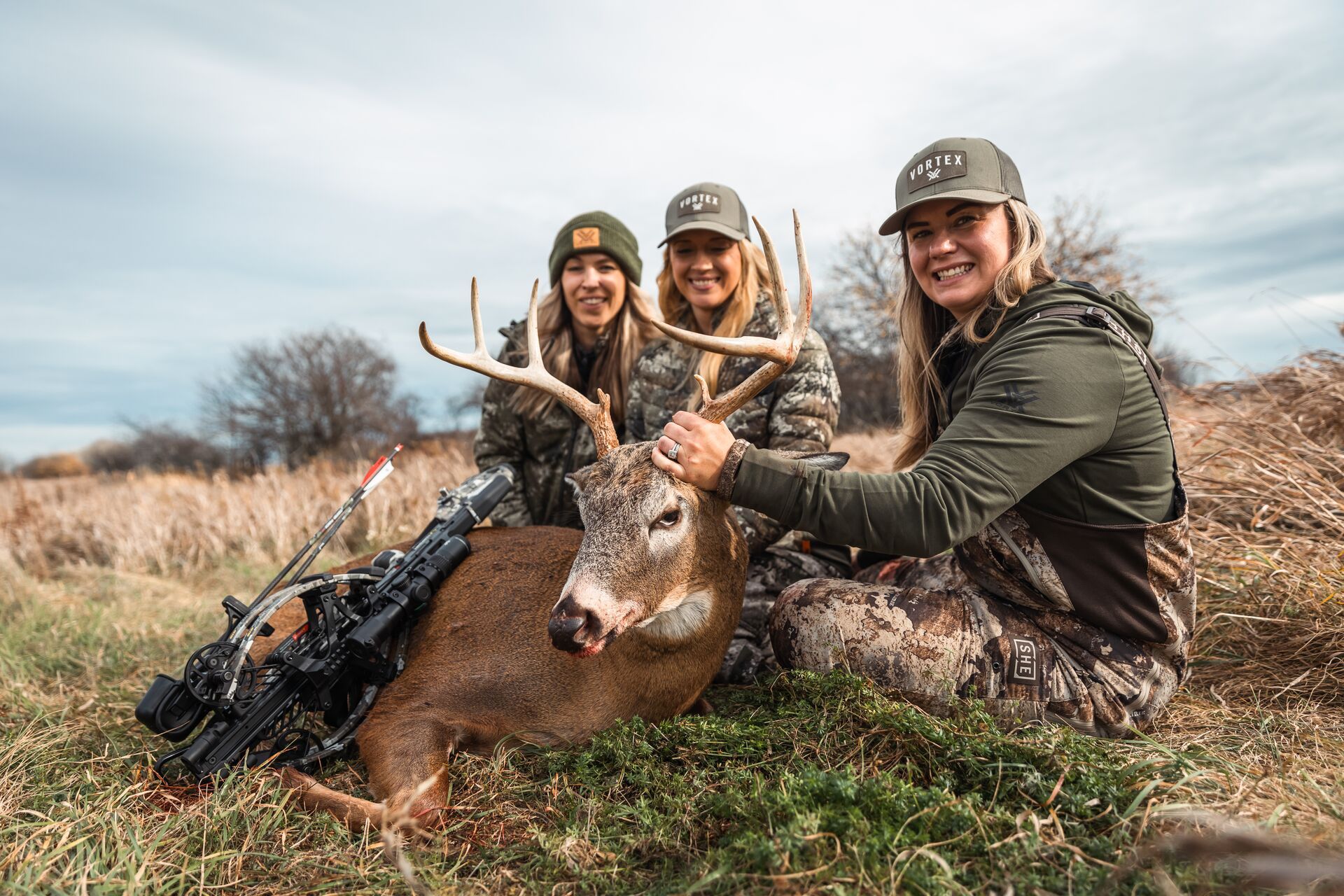
Why You Need HuntCast to Know the Best Time to Hunt
You may be at the end of your deer season by now. Was it successful? Or do you wish you had another shot to tag out this season? Read More
Read More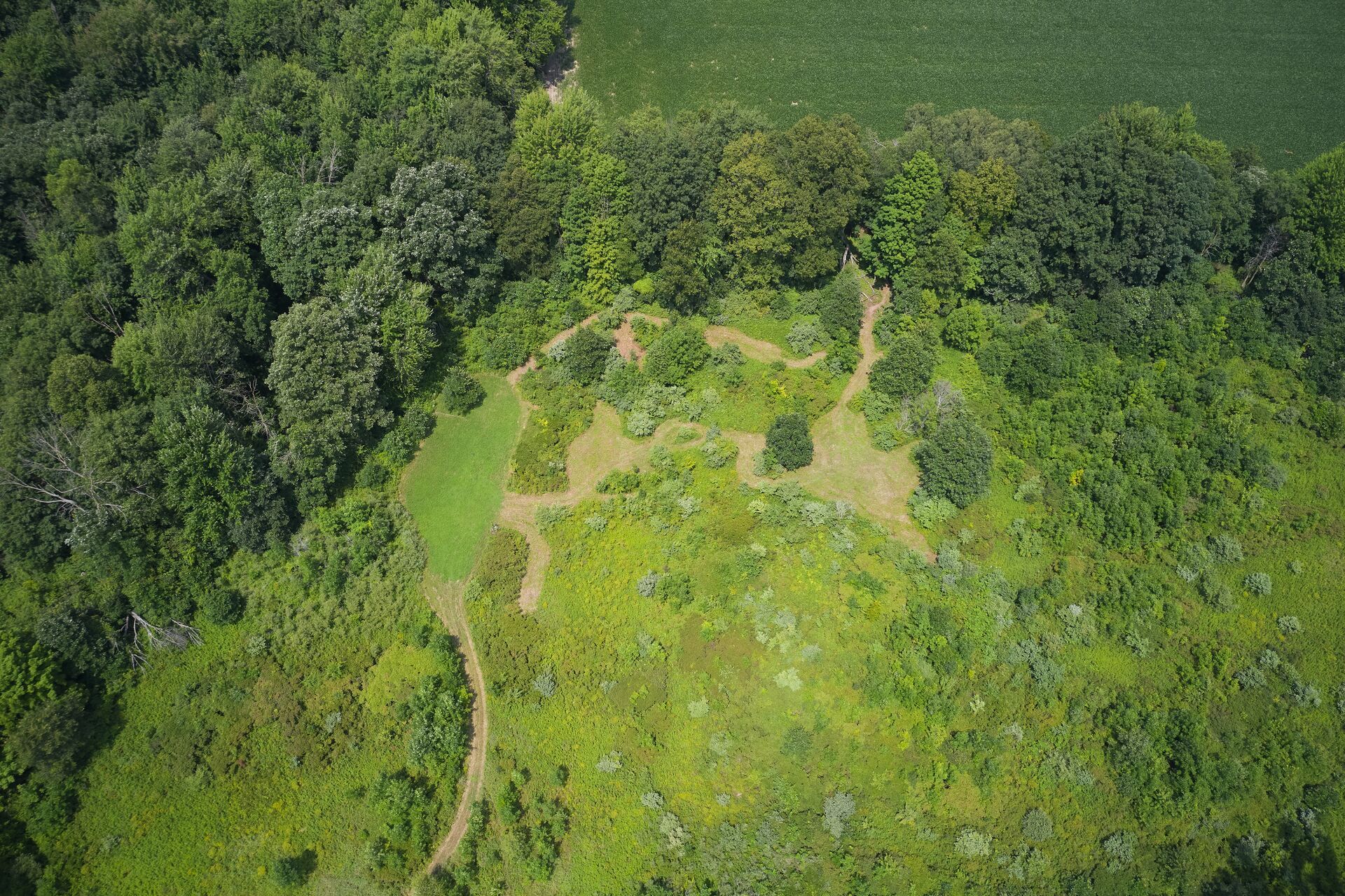
How to Plan Your Hunt With a Hunting App: Clearer Paths to Tag Out
We've talked about the advantages of using a hunting app, but how can you practically plan your hunt using one? Read More
Read More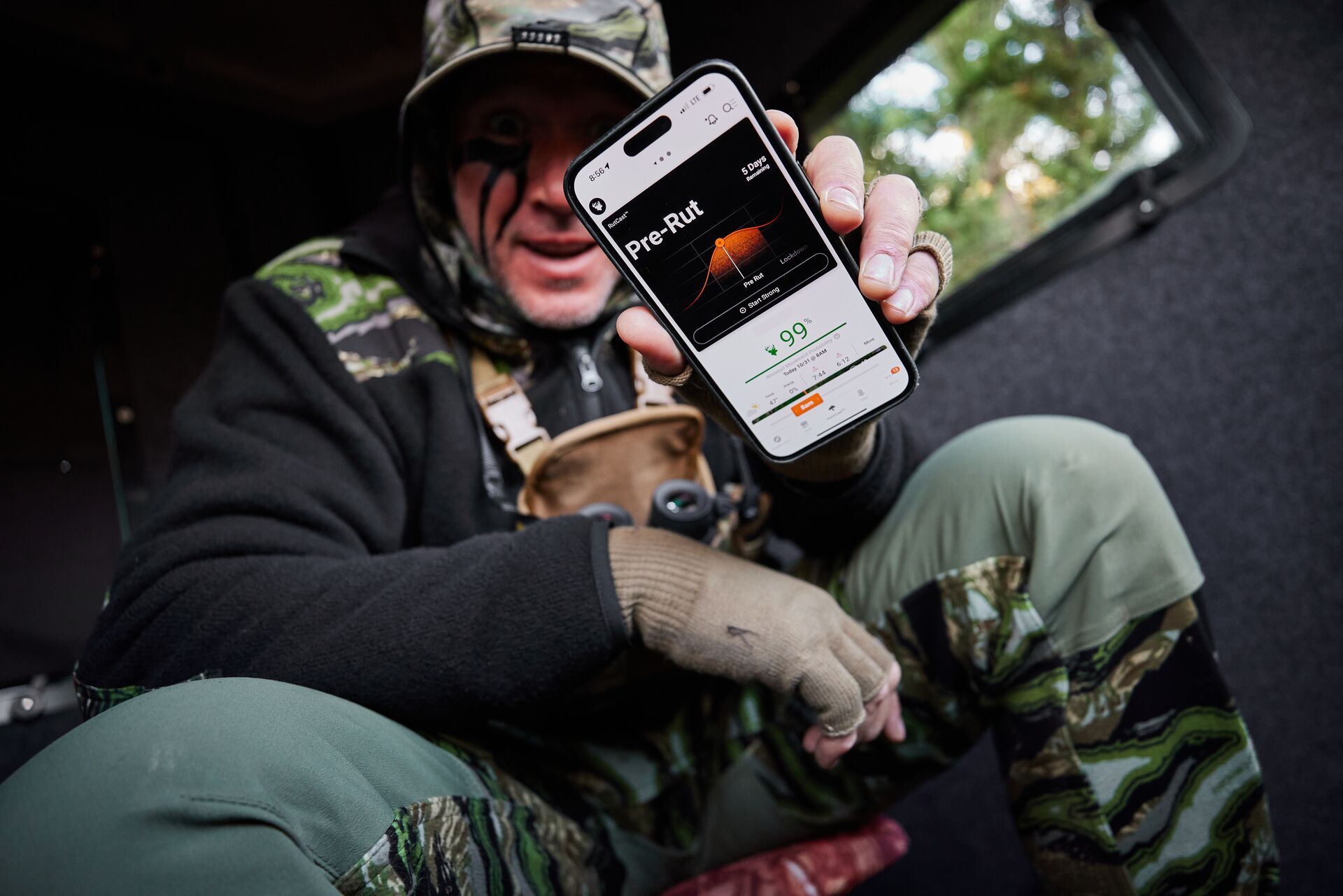
Top Hunting Apps: 22 Ways HuntWise Elite Improves Your Hunt
Hunting technology has come a long way — perhaps since you started hunting years ago with your dad or grandfather. Today, hunters can choose from several top hunting apps to help them in the field — but what makes HuntWise Elite the ultimate tool for...Read More
Read More Hunting Tips
Hunting TipsWhy You Need HuntCast to Know the Best Time to Hunt
You may be at the end of your deer season by now. Was it successful? Or do you wish you had another shot to tag out this season? Read More
Read More Hunting Tips
Hunting TipsHow to Plan Your Hunt With a Hunting App: Clearer Paths to Tag Out
We've talked about the advantages of using a hunting app, but how can you practically plan your hunt using one? Read More
Read More Hunting Tips
Hunting TipsTop Hunting Apps: 22 Ways HuntWise Elite Improves Your Hunt
Hunting technology has come a long way — perhaps since you started hunting years ago with your dad or grandfather. Today, hunters can choose from several top hunting apps to help them in the field — but what makes HuntWise Elite the ultimate tool for...Read More
Read More
1 of 3
